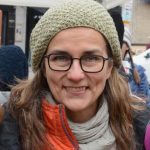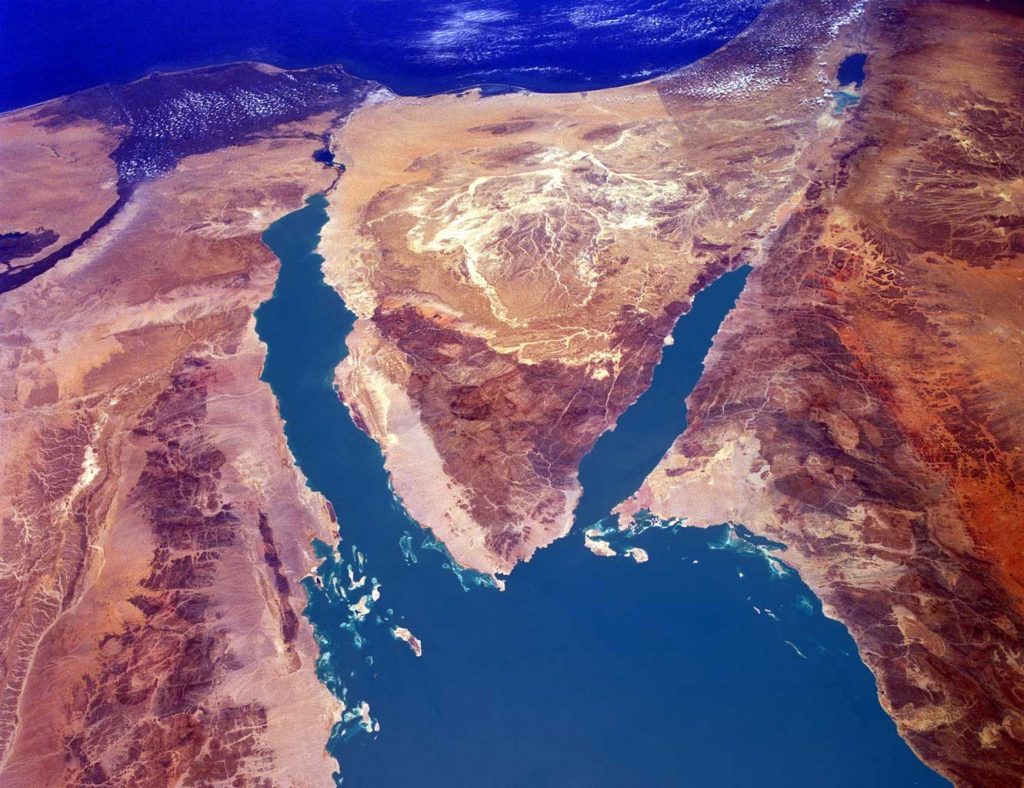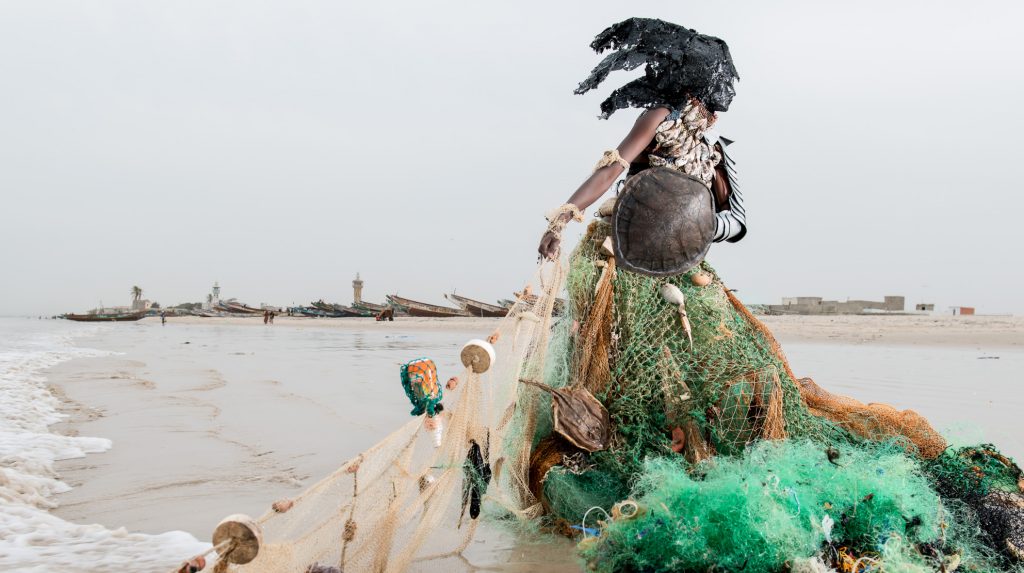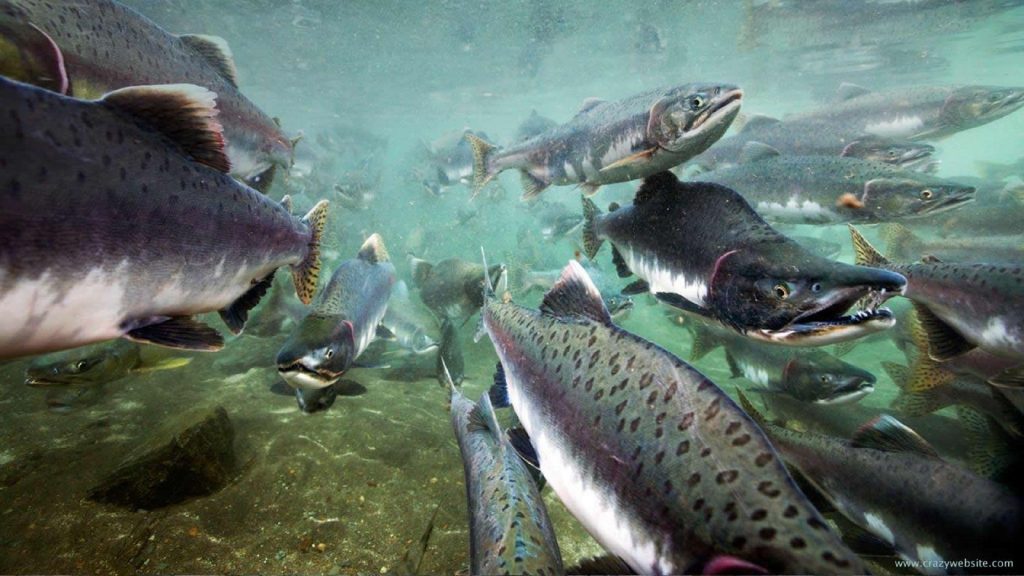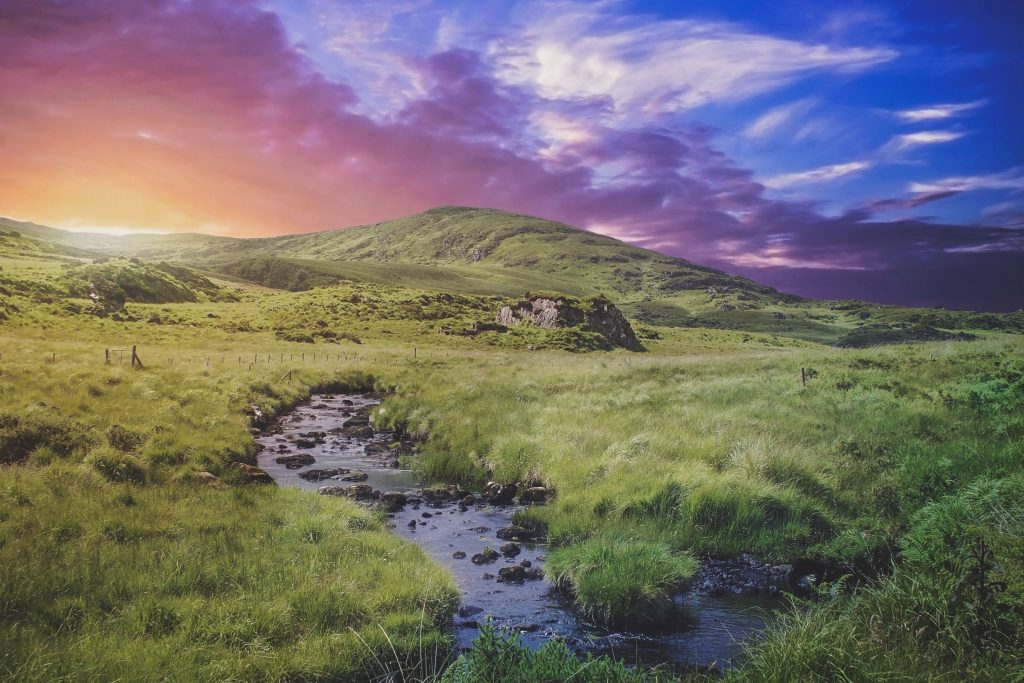A Song of Pause
Arbor Day of this year, April 26th, a 40-foot Black Cherry tree fell on top of our brand-new electric vehicle while we were driving along a city street. The car was wrecked, totaled. My friend and I survived—alive and unscratched.
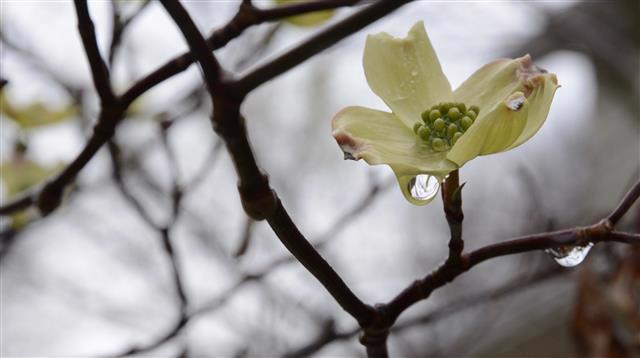
I am deeply grateful for being alive in my body, heart, and mind, and in my community. I’m trying to make sense of all this. The fact that we survived is only a part of this mysterious story. Being a Finn, I’ve loved trees all my life. Nature is my beloved neighbor. Some associate my name Kirsi with kirsikka, a cherry. This spring, my life has been all about trees. Since the Dogwood tree on our front yard started waking up, I’ve been taking “It’s Tree Time” pictures everywhere where I go, mesmerized by their life force.
Less than a week before our tree encounter, in Media, PA, I was invited to go inside of a hollow stump of a 200-year-old White Oak tree that had fallen a year ago. I discovered three Dawn Redwood trees, gentle giants that were planted the same year I was born. On the morning of the incident, I even drew a tree with cinnamon on my morning cappuccino.
I had picked up my friend and colleague, Mary Ann Steiner. We were on our way to a meeting at Patagonia, a corporate climate hero, where we were supposed to talk about ways that Patagonia and our Creatives for Climate (C4C) collaborative could co-operate. I showed Mary Ann our new C4C portfolio. I had glued a Dr. Seuss “I Speak for the Trees” sticker on the cover of an old folder.
Down Ellsworth Avenue we drove, when Mary Ann shrieked, “A Treeee!” THUMP. I saw nothing but green and the windshield shatter, like water crystallizing to ice, just more man-made and square. Time froze for a moment.
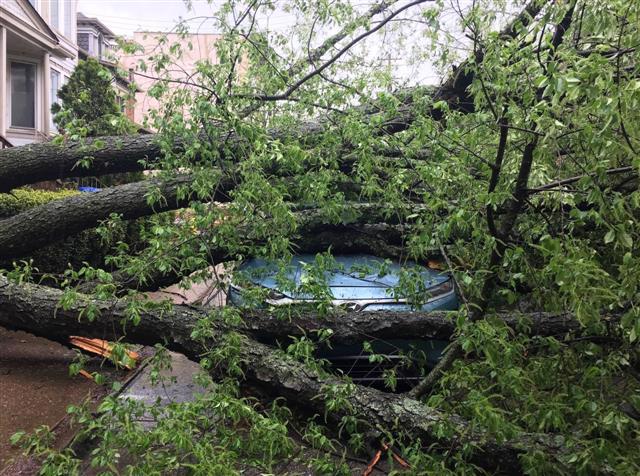
There we were, inside our small bubble, hugged by this huge tree. Like two bird sisters in a nest. “Are you ok?” “Yes. Are you ok?” we chirped. We both were. Mary Ann was able to open her door. “This is an electric vehicle… maybe the wires came down too…” I remember muttering while fumbling to find the right button to turn off the car. We climbed out from the passenger-side door. My knees started shaking only after I was out of the car and standing on the street.
Apart from being a tree-lover, I’m a messenger, a former TV-reporter and journalist turned documentary filmmaker. I conducted my first interview on climate change (and its impacts on public health) in 1994. Climate action has become my chosen path to approach our looming, worsening crisis. My husband and I installed solar panels a year ago and now produce almost all of the electricity we use. We bought a new, energy-efficient, electric water heater and are in the process of making our home as energy-efficient as we can. We avoid flying and extend the period between our trips to visit family and friends in Finland. As a climate communicator and educator, my work is to inform people about the importance of collective climate action and our urgent need to change our systems.
While I was walking around the scene, waiting for the tree crew to arrive and cut the tree, my anger started pouring out. I found myself yelling, telling the rescue guys how angry I am that trees—Eastern Hemlocks, Redwood trees, Joshua trees, Baobabs to mention only a few—and countless living beings need to die because of us and the ways we choose to live. They listened to me patiently, probably thinking that this poor woman is in shock.
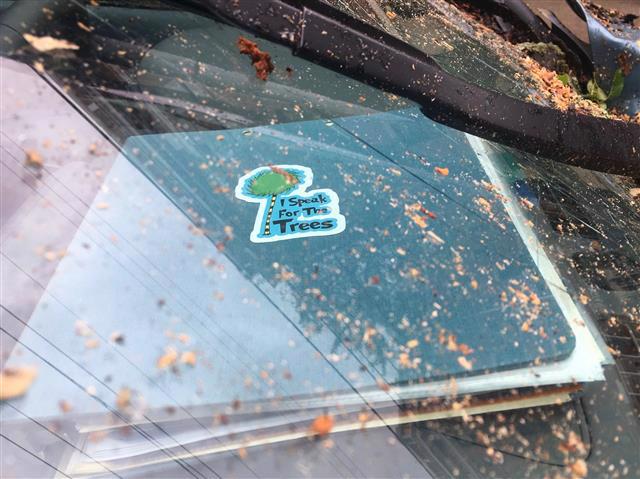
Then came the TV-news reporters from three or four networks. I asked each one of them to connect the dots between climate change and our use of fossil fuels. One of them told us, off-screen, “Climate change is a sensitive topic to talk about.”
I get it, and I feel for the reporters. A lot of money—and identity—in our region is invested in the fossil fuel and petrochemical industry. Climate change threatens the very core of the “Business As Usual” story. In their reports, the reporters ended up talking about… the weather. Yes, rains and winds most likely contributed to the tree fall. Yes, property owners need to take better care of the trees. And us journalists need to do so much more than this. People are powerless over weather, yet each one of us can do a lot to reduce our individual and collective carbon emissions that contribute to climate change and our dangerously changing weather and world. Only together can we make a difference.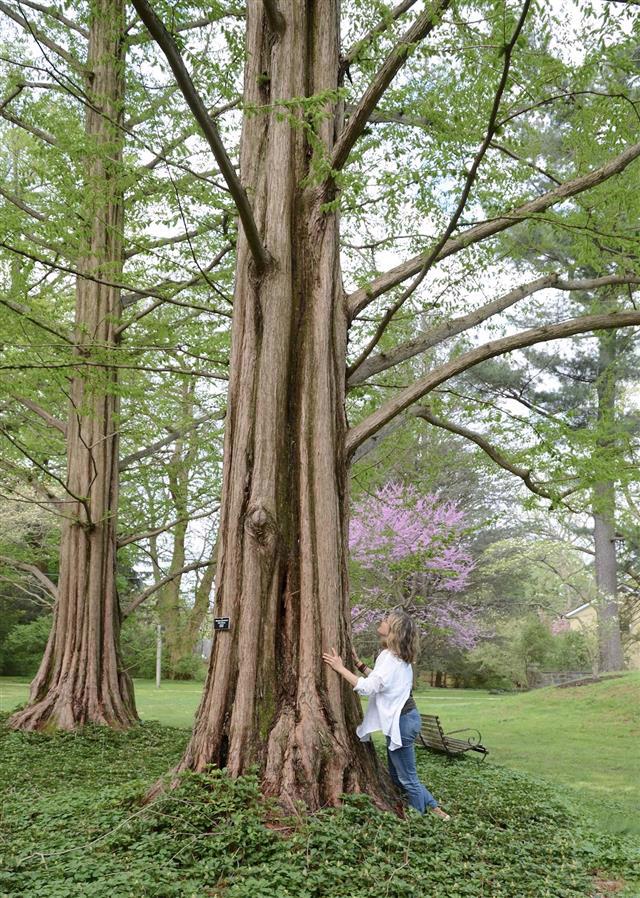
I’m a storyteller bound in reality, one of the eternally curious ones who seek and see connections and weave meanings to understand the hidden levels of life. I know that stories have the power to change the way we see the world and, therefore, also the power to change the world.
“Ever since the Cognitive Revolution, Sapiens have thus been living in a dual reality. On the one hand, the objective reality of rivers, trees and lions; and on the other hand, the imagined reality of gods, nations and corporations. As time went by, the imagined reality became ever more powerful, so that today the very survival of rivers, trees and lions depends on the grace of imagined entities such as the United States and Google.” — Yuval Noah Harari, Sapiens: A Brief History of Humankind
I don’t want to leap to weave meanings to what happened to us. But when you are halted by a dying giant, it does not take much imagination or ability to speak tree language to get the obvious message:
Pause.
The Black Cherry gave me the courage to say aloud, “I am exhausted. It is draining to try to wake up people who, most of the times for very human reasons, don’t want to talk about climate crisis and face our shared reality.”
I am sad, and I grieve. The leaves are budding, and spring is here. And so is the darkness and coldness that we have all created and are creating by our disconnected, disrespectful, dismissive, distracted, and rushed ways of living. We all—trees, humans, living beings around the world—are being threatened. Many of us are dying.
I am afraid. I know the despair of those who are putting their hands up saying that we are doomed. I feel pain for the world, yet I also see and feel the light. This deep sense of meaning, this sense of belonging to something larger than my tiny self, keeps millions of us around the world going. We know the inspiration, the joy, the courage, the companionship that opens up when we face our pain for the world and work together. We know that the stories we choose to tell ourselves at these crucial times impact the future. They determine our legacy for sure.
Maybe the Black Cherry saved me and Mary Ann to sing another song. A Song of Pause.
There is so much clarity, wisdom, light, joy—life—inside each one of us. The love that grows and blossoms in caring communities is something to honor and celebrate. The only way to hear the Universe speak to us and through us is by pausing. Pausing to listen. There is a new story that wants to be told.
Thank you, Black Cherry from Ellsworth Avenue. Thank you for the home and all the food you provided for birds and bugs, for cleaning our air and water, for all the carbon you sequestrated for the benefit of all living beings. Farewell, dear tree neighbor.
“But isn’t that how evolution works? you ask. The survival of the fittest? Trees would just shake their heads—or rather their crowns. Their well-being depends on their community, and when the supposedly feeble trees disappear, the others lose as well.” — Peter Wohlleben, The Hidden Life of Trees: What They Feel, How They Communicate—Discoveries from A Secret World


